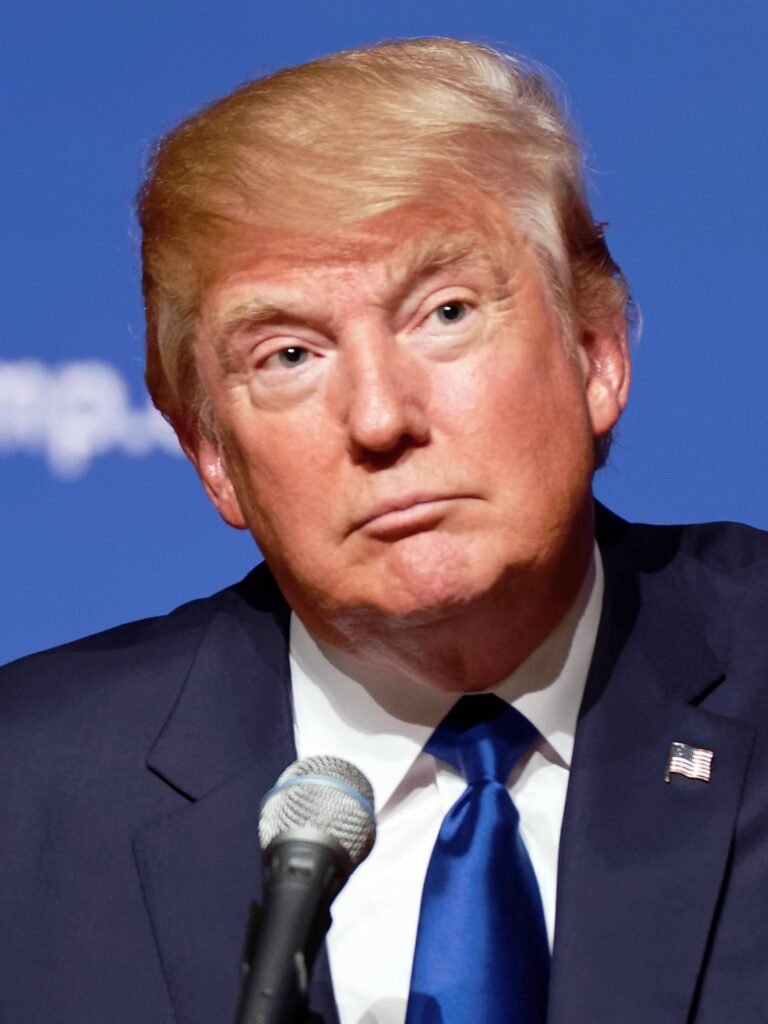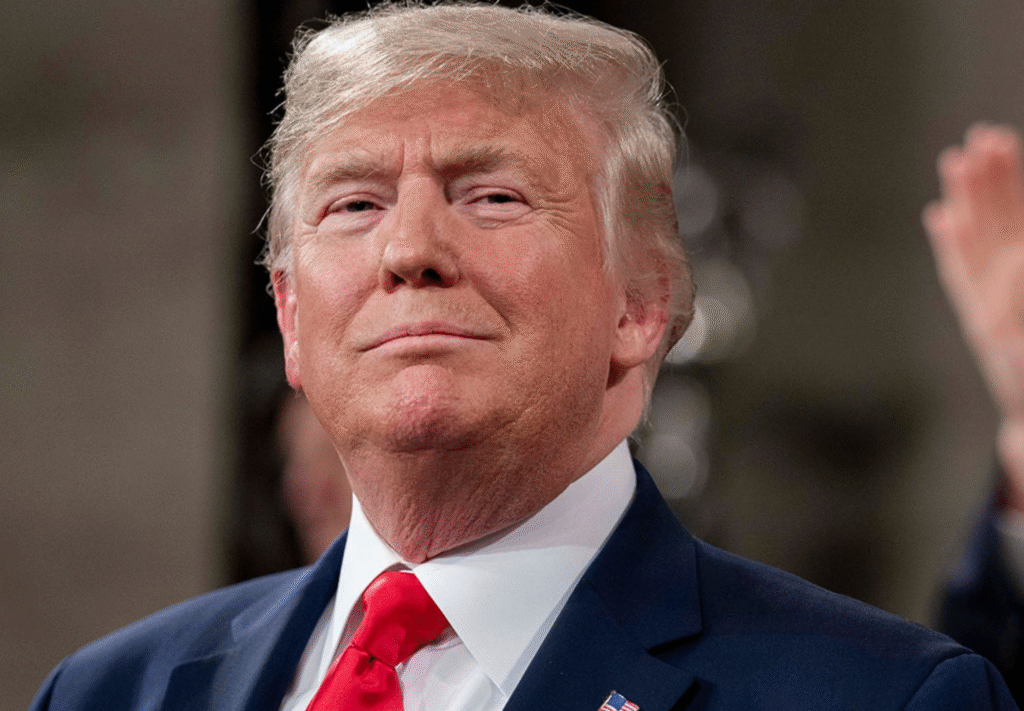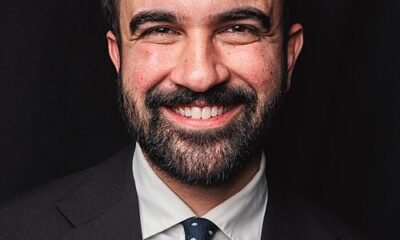World News
4 ways generative AI makes founders more interesting to journalists on August 5, 2023 at 9:30 pm
The advent of generative AI will lead to a tectonic shift in how startups do PR over the next few years. In July, the Associated Press became the first major news company to sign a deal with OpenAI, while media job cuts have reached record highs.
Gutted newsrooms could stymie one of the greatest engines of startup growth. While generative AI will enhance the capabilities of many publications, they’re also creeping onto news sites in ways we can’t foresee while journalists are laid off. Inevitably, some startups will choose to use AI to churn out thought leadership and PR content.
The problem with that is, if anyone and everyone can do something, then it becomes devoid of value. If any founder can ask ChatGPT to create a listicle on “5 reasons e-commerce will grow in 2023,” then the internet will become even more saturated with that kind of content. And that content is professional-sounding, yes, but impersonal, starved of real-life narratives, and flair-less.
Startups that want to be seen amid the flurry as AI enters the media will need to remember that what most people really want is a human story.
The good news is, this will actually push startup PR to evolve. In-house PR teams will want to elevate their content above the tedious noise. PR agencies will strive to show startups why they shouldn’t be using ChatGPT to do their job. Editors will scream out for original articles over rehashed content. PR and human-written thought leadership will have to sharply differentiate itself from the unoriginal content of overused AI.
Seeing a strong voice of reason or controversy, a provocative response to current events and rapidly unfolding topics — that’s something people are always hungry for. It’s alive, shaped by the world around us, and helps us make sense of it.
Ironically, AI could make PR more responsive, human, relevant. So, where do AI’s limits lie — and where will successful PR strategies shine in the age of ChatGPT?
Embed yourself in current (and future events)
AI does not exist in the present. It’s trained on past datasets, but it can’t follow today’s news, much less if that news hasn’t been published online.
I know from my PR work that journalists take a heightened interest in a business leader when they can speak knowledgeably (and quickly) on unfolding events. As do readers: 62% of professionals want to see thought leadership on current trends.
But how will generative AI change this scenario? It’s likely that the role of journalists will move away from what’s generally achievable by AI — generic advice articles, listicles, etc. — and they’ll have more time to write articles on current events and hard-hitting trends, imbued with relevant commentary.
So, that’s what they’ll want to see more of from founders — commentary on the Senate just passing a new immigration bill and how that will affect tech talent; a thought piece on how startups can leverage a new TikTok trend for growth.
An effective PR strategy will involve a shift in behavior:
Monitoring daily media for current events.
Inserting yourself and your company into breaking news.
Being a founder who can provide punchy opinions on select themes.
Assessing which topics you can speak to beyond your niche: for example, a fintech founder can seek to become an expert in emerging regulation.
Linking this kind of outreach back to your core mission and messaging.
Other than being timely, the difference between you and ChatGPT is that you have friends. You have your finger on the pulse of specific “offline” circles in a way that’s not possible for an AI bot. Journalists will value you being able to bring insights on the word on the street — what the sentiment is over X news story among your peers, the conversations you have with colleagues over the state of the industry.
Finally, you can also peer into the future. A true industry expert can read what’s happening on the ground — not just online — ask for peers’ opinion on a matter of interest, and offer predictions on where a trend is going. Be careful only to do so when your margin of error is small.
Startups that want to be seen amid the flurry as AI enters the media will need to remember that what most people really want is a human story.
News
US May Completely Cut Income Tax Due to Tariff Revenue

President Donald Trump says the United States might one day get rid of federal income tax because of money the government collects from tariffs on imported goods. Tariffs are extra taxes the U.S. puts on products that come from other countries.

What Trump Is Saying
Trump has said that tariff money could become so large that it might allow the government to cut income taxes “almost completely.” He has also talked about possibly phasing out income tax over the next few years if tariff money keeps going up.
How Taxes Work Now
Right now, the federal government gets much more money from income taxes than from tariffs. Income taxes bring in trillions of dollars each year, while tariffs bring in only a small part of that total. Because of this gap, experts say tariffs would need to grow by many times to replace income tax money.
Questions From Experts
Many economists and tax experts doubt that tariffs alone could pay for the whole federal budget. They warn that very high tariffs could make many imported goods more expensive for shoppers in the United States. This could hit lower- and middle‑income families hardest, because they spend a big share of their money on everyday items.
What Congress Must Do
The president can change some tariffs, but only Congress can change or end the federal income tax. That means any real plan to remove income tax would need new laws passed by both the House of Representatives and the Senate. So far, there is no detailed law or full budget plan on this idea.

What It Means Right Now
For now, Trump’s comments are a proposal, not a change in the law. People and businesses still have to pay federal income tax under the current rules. The debate over using tariffs instead of income taxes is likely to continue among lawmakers, experts, and voters.
News
Epstein Files to Be Declassified After Trump Order

Former President Donald Trump has signed an executive order directing federal agencies to declassify all government files related to Jeffrey Epstein, the disgraced financier whose death in 2019 continues to fuel controversy and speculation.
The order, signed Wednesday at Trump’s Mar-a-Lago estate, instructs the FBI, Department of Justice, and intelligence agencies to release documents detailing Epstein’s network, finances, and alleged connections to high-profile figures. Trump described the move as “a step toward transparency and public trust,” promising that no names would be shielded from scrutiny.
“This information belongs to the American people,” Trump said in a televised statement. “For too long, powerful interests have tried to bury the truth. That ends now.”
U.S. intelligence officials confirmed that preparations for the release are already underway. According to sources familiar with the process, the first batch of documents is expected to be made public within the next 30 days, with additional releases scheduled over several months.
Reactions poured in across the political spectrum. Supporters praised the decision as a bold act of accountability, while critics alleged it was politically motivated, timed to draw attention during a volatile election season. Civil rights advocates, meanwhile, emphasized caution, warning that some records could expose private victims or ongoing legal matters.
The Epstein case, which implicated figures in politics, business, and entertainment, remains one of the most talked-about scandals of the past decade. Epstein’s connections to influential individuals—including politicians, royals, and executives—have long sparked speculation about the extent of his operations and who may have been involved.

Former federal prosecutor Lauren Fields said the release could mark a turning point in public discourse surrounding government transparency. “Regardless of political stance, this declassification has the potential to reshape how Americans view power and accountability,” Fields noted.
Officials say redactions may still occur to protect sensitive intelligence or personal information, but the intent is a near-complete disclosure. For years, critics of the government’s handling of Epstein’s case have accused agencies of concealing evidence or shielding elites from exposure. Trump’s order promises to change that narrative.
As anticipation builds, journalists, legal analysts, and online commentators are preparing for what could be one of the most consequential information releases in recent history.
Politics
Netanyahu’s UN Speech Triggers Diplomatic Walkouts and Mass Protests

What Happened at the United Nations
On Friday, Israeli Prime Minister Benjamin Netanyahu addressed the United Nations General Assembly in New York City, defending Israel’s ongoing military operations in Gaza. As he spoke, more than 100 delegates from over 50 countries stood up and left the chamber—a rare and significant diplomatic walkout. Outside the UN, thousands of protesters gathered to voice opposition to Netanyahu’s policies and call for accountability, including some who labeled him a war criminal. The protest included activists from Palestinian and Jewish groups, along with international allies.

Why Did Delegates and Protesters Walk Out?
The walkouts and protests were a response to Israel’s continued offensive in Gaza, which has resulted in widespread destruction and a significant humanitarian crisis. Many countries and individuals have accused Israel of excessive use of force, and some international prosecutors have suggested Netanyahu should face investigation by the International Criminal Court for war crimes, including claims that starvation was used as a weapon against civilians. At the same time, a record number of nations—over 150—recently recognized the State of Palestine, leaving the United States as the only permanent UN Security Council member not to join them.
International Reaction and Significance
The diplomatic walkouts and street protests demonstrate increasing global concern over the situation in Gaza and growing support for Palestinian statehood. Several world leaders, including Colombia’s President Gustavo Petro, showed visible solidarity with protesters. Petro called for international intervention and, controversially, for US troops not to follow orders he viewed as supporting ongoing conflict. The US later revoked Petro’s visa over his role in the protests, which he argued was evidence of a declining respect for international law.

Why Is This News Important?
The Gaza conflict is one of the world’s most contentious and closely-watched issues. It has drawn strong feelings and differing opinions from governments, activists, and ordinary people worldwide. The United Nations, as an international organization focused on peace and human rights, is a key arena for these debates. The events surrounding Netanyahu’s speech show that many nations and voices are urging new action—from recognition of Palestinian rights to calls for sanctions against Israel—while discussion and disagreement over the best path forward continue.
This episode at the UN highlights how international diplomacy, public protests, and official policy are all intersecting in real time as the search for solutions to the Israeli-Palestinian conflict remains urgent and unresolved.

 Entertainment3 days ago
Entertainment3 days agoWicked Sequel Disappoints Fans: Audience Verdict on For Good

 Entertainment3 weeks ago
Entertainment3 weeks agoAfter Party: Festival Winner for Best Romantic Short

 News3 weeks ago
News3 weeks agoCamp Wackapoo – Rise of Glog Takes Center Stage

 Entertainment3 weeks ago
Entertainment3 weeks agoFrancisco Ramos Takes Top Mockumentary Award at Houston Comedy Film Festival

 News2 weeks ago
News2 weeks agoYolanda Adams Questions Traditional Views on God’s Gender, Audience Reacts

 Politics3 weeks ago
Politics3 weeks agoTrump’s $2,000 Tariff Dividend Plan: Who Gets Paid?

 Politics4 weeks ago
Politics4 weeks agoMamdani’s Victory Triggers Nationwide Concern Over New York’s Future

 Film Production3 weeks ago
Film Production3 weeks agoWhy China’s 2-Minute Micro Dramas Are Poised To Take Over The U.S.



























